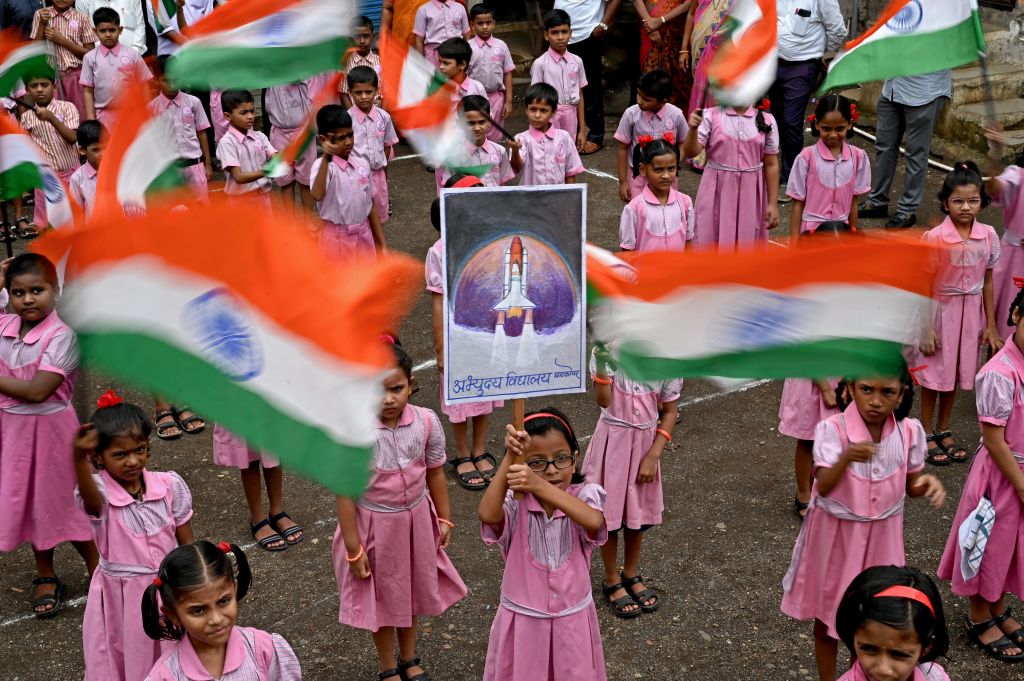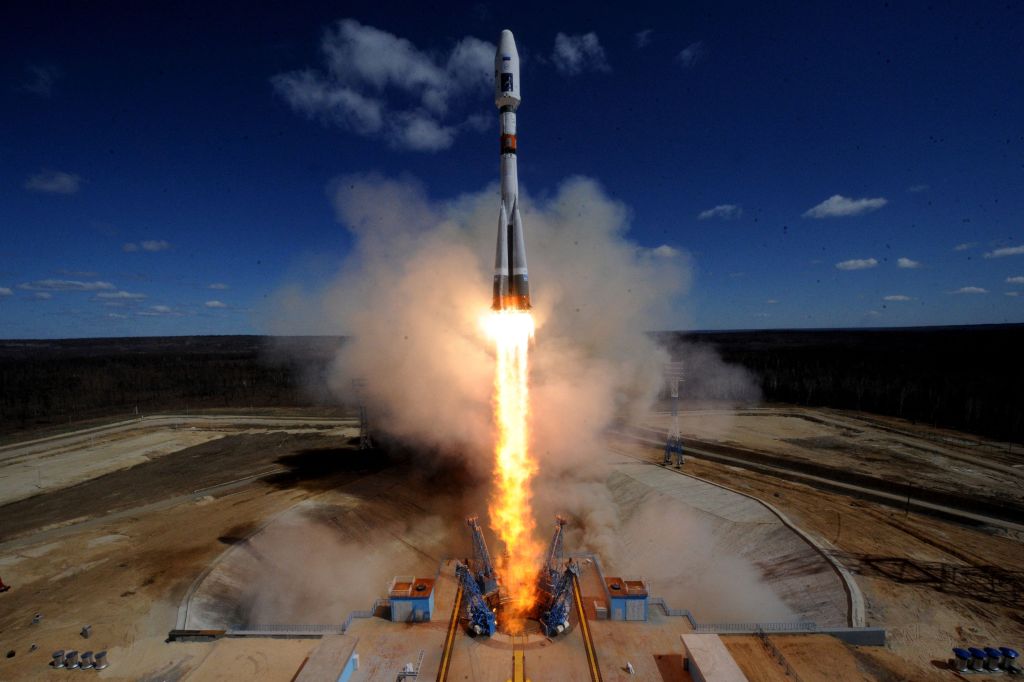Some call it a “moment of truth” while some call it plain “terrifying”, but Chandrayaan-2—the name given by the Indian Space Research Organisation (ISRO) to India’s first moon landing mission—is ready for its final mission tonight: the moon landing.
Sometime after 1.30 am IST on September 7, India’s first moon mission is expected to land gently onto the South Pole of the moon, a place not visited by any space mission so far in the history of mankind. So far, there’s only been one technical glitch (back in July, which delayed the launch of this unmanned spacecraft from the Sriharikota space centre near Chennai, Tamil Nadu), but the journey for Chandrayaan-2 has been smooth so far. “It will be a terrifying moment for us. Everybody’s eyes would be glued to their consoles. The telemetry parameters will keep telling us that we are going in the right direction, but at the same time, there will be a lot of anxiety about what will happen in the next moment,” ISRO chairman K Sivan told Hindustan Times.
Videos by VICE
As the nation counts down to the final spectacle tonight, we look at what exactly this mission is, and why it’s important for India:
What is Chandrayaan-2?
After India’s first moon mission in 2008 called Chandrayaan-1, Chandrayaan-2 is India’s second lunar expedition but the first one that will actually land on the moon, albeit at a completely unexplored section of South Polar region. Carried out by the ISRO, the biggest Indian government space agency, this mission not only aims to increase the Indian footprint in space, but is also expected to surpass international space aspirations.
On July 22, India’s Geosynchronous Satellite Launch Vehicle, GSLV MkIII-M1, successfully launched Chandrayaan-2 spacecraft into the earth’s orbit and, on August 20, it entered the moon’s orbit. The ISRO chairman K Sivan calls this the “most complex mission ever undertaken by ISRO” and describes the upcoming final moments the “most terrifying 15 minutes”.
Why is it a significant moment for India?
Chandrayaan-2 is seen as a major milestone for India because while a Lunar Orbit Insertion (an operation of adjusting the spacecraft’s momentum to allow stable orbit around a planet, moon or a celestial body) has already been accomplished by Chandrayaan-I in 2008-2009, this first-ever soft-landing will make the country the fourth in the world—following Russia, the US, and China—to do so.
The mission is also significant considering climate change is wreaking havoc on our natural resources. “Minerals on the Earth are fast depleting and moon can be looked at as a future stockpile, especially when it comes to Helium 3,” Ajay Lele, a senior fellow at the Institute of Defence Studies and Analyses, told Hindustan Times. “Helium 3 is rare on Earth [but] is found abundantly on moon. Theoretically, it can be used as fuel in nuclear reactors instead of plutonium etc and just one aircraft of Helium 3 would be enough to solve the power crisis of the world for a decade.”
The next step for ISRO is a $1.4 billion-worth Gaganyaan mission, a homegrown space operation that will take three astronauts (at least one of which is supposed to be a woman) into the orbit.
What is going to unfold tonight?
Tonight, landing module Vikram, which has already been in the moon’s orbit for the last three days, will be travelling at about 6 km per second—21,600 km per hour! Within the final 15 minutes of descent, it’s supposed to bring its speed to 2 metres per second (7km/hour) for a safe landing. This is supposed to be the most crucial part of the operation since, in the past, there have been failures and crash-landings. Of the total 109 missions to the moon from across the world, 41 have been unsuccessful.
The 15-minute landing is new to ISRO. “It is for the first time we are going to another body where there is no atmosphere and using the propulsion system we will have to break the velocity and bring the vehicle safely to soft land. To achieve this we will have to balance between the gravity and thrust. So we have to modulate the thrust of the engine,” Sivan told News18.
Around three hours post landing, Pragyan, the six-wheeled robotic rover, will eject out of the lander, and roam the moon’s surface and collect data. The shadowed south pole of the moon is estimated to hold about 100 million tonnes of water ice in its craters, and the findings by Chandrayaan-2 will massively help a manned NASA mission to this side in 2024.
Both Vikram and Pragyan are designed to last 14 days while the main spacecraft will continue to orbit the moon for at least a year.
How can you see it?
While ISRO will be hosting Prime Minister Narendra Modi to watch the moon landing at its headquarters in Bengaluru—along with 60 students from across the country who won a space quiz conducted by ISRO to get this opportunity—many of us will be confined to our screens. Here’s what you can do at your end:
- The Nehru Memorial Museum and Library and Nehru Planetarium in New Delhi is organising a skywatch tonight, armed with telescopes and sky theatre interaction (register at nehruplanetarium@gmail.com).
- ISRO will be live-streaming the landing at isro.gov.in.
- The live-streaming will also be available at the YouTube channel of Press Information Bureau.
- National Geographic will be bringing NASA astronaut Jerry Linenger for an exclusive live streaming.
- For more, follow ISRO’s Twitter handle for live updates.
Follow Pallavi Pundir on Twitter.




